If there was anything about 3D printing that surprised me, it was the new XNUMXD printer from MIMAKI. Meet a new approach to creating color layouts!
Durability of products
Let me remind you that until recently, 3D printing of products immediately in color was available only with gypsum using the CJP technology. This technology involved gluing together the powder with the addition of ink. And everything would be fine, only the gypsum glued with glue (acinocrylate) is quite fragile in comparison with the photopolymer offered by MIMAKI. This is the most key feature of this printer! Not the only one, but as for me, the key one! You will be able to print full-color products and are not afraid that it may crumble simply because you put them on the table, overdoing it a little with force.

The color palette
MIMAKI allows you to print in a range of 10 million colors. I must say right away that alternative printers cannot do this! I do not want to compare the brightness of colors in gypsum printing and printing with photopolymer, because this comparison would be subjective. As practice has shown, brightness, as a rule, depends not on the printing technology, but on the ink used. But believe me, MIMAKI is fine with that. Do not forget that MIMAKI is a very strong player in the printing market. MIMAKI have vast experience in the field of printing, and engineers applied these technologies to create a 3D printer, which is good news!

Accuracy
The MIMAKI company publishes a picture on its website (see below) in which it shows with a high magnification a comparative picture of the surface quality of gypsum and their photopolymer. The picture shows that the quality of MIMAKI is obviously higher. Is this so in real life? The answer is not straightforward. It is possible to determine by eye where the gypsum is, and where the photopolymer is, you can immediately, but not because of the quality of the surface, but because of its structure. In gypsum, the color diffuses, since the surface has a roughness comparable to pressed powder or flour, and in the case of photopolymer printing, the model has a certain slight sheen caused by the texture of the resin layers. Therefore, we will assume that the quality is comparable.

Print area
I don’t want to stay here for a long time. I will only note the fact that the printable area is huge. In my entire practice, I have never had a task for color printing, where the print area is needed larger than MIMAKI designed. What's more, it always goes into painting and is printed from plastic. The machine is perfect for small batch printing or large object printing. You can view the documentation here... I would like to answer that despite the large dimensions of the car, it weighs only 600 kg. Which will pleasantly affect the cost of delivery. And in addition, I will point out the fact that taking into account the dimensions of the printer, it does not require a lot of space around the machine itself. That is, the room for him can be selected almost close to the dimensions. The main thing is to leave passages for ease of service from all sides.

Electricity
I take out electricity as a separate item, because the installation consumes a lot of it! The total power for all installations is up to 1500 watts. Consider this when buying!

Capabilities
The main task of this machine is to get the finished product! READY. Do you understand what this means? This means you can print the sign and just hang it on the street! Isn't that the pinnacle of 3D printing perfection? Anyone considering buying a printer for printing mockups and prototypes, I definitely recommend this printer! And I want to draw the attention of the rest to the fact that with the release of this machine, MIMAKI has not only improved the technology, it has opened the doors to more areas and industries in the world of additive technologies.
MIMAKI 3D Printer Presentation [Eng]
3D printing result
It must be understood that the models are not made of plaster and will not fall apart when you first touch them. A hockey player's stick can even bend at a significant angle.
How it works
The 3D printing process is as close to technology as possible M.J.P., but has an obvious difference - ink supply during printing. MIMAKI is a primordially printing company, so it is not surprising that they were the first who were able to connect photopolymer plastic and blueberries, and even set up the process in a way that no one else could do.
The possibility of obtaining transparent / translucent areas deserves special attention:

This, gentlemen, at the time of this writing, can not be done by any 3D printer. Moreover, with a range of selectable layers from 42 to (Attention!) 19 micrometers!
Another significant difference of this printer from analogues (although I extol them, it has no analogues) from other 3D printers in preparing a 3D model.
- In order to bring color in plaster printing, you need to make textures for a 3D model, right?
2. Remember how in FDM 3D printing with two nozzles, in order to print a model, you essentially need to make two polygonal meshes, and then combine them in a slicer.
3. MIMAKI has the principle of preparing the model, both in gypsum and FDM. If you need the color of an opaque area, then use a texture, if you need transparent zones, then use a second polygonal mesh and adjust the parameters for it separately. Brilliant!

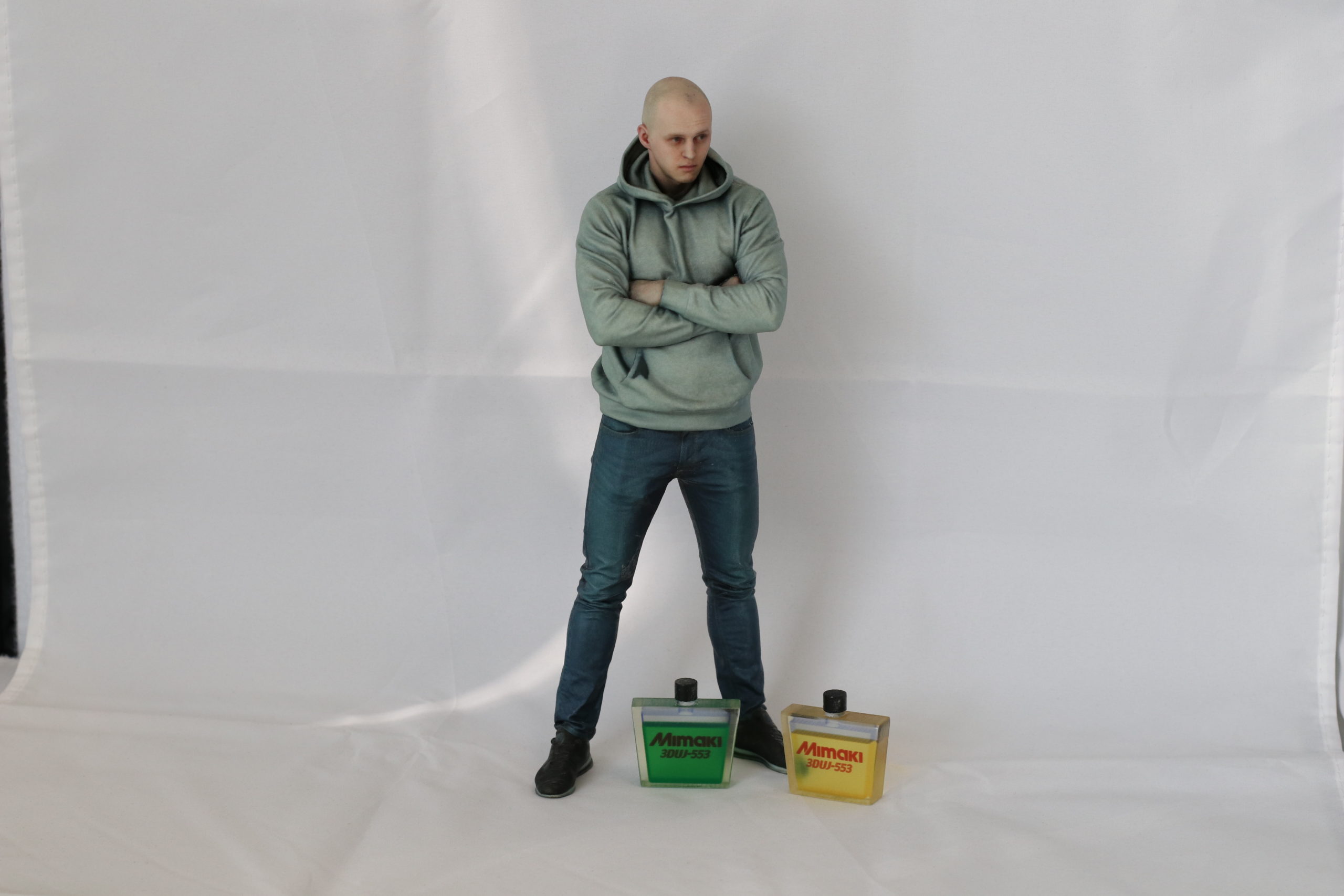
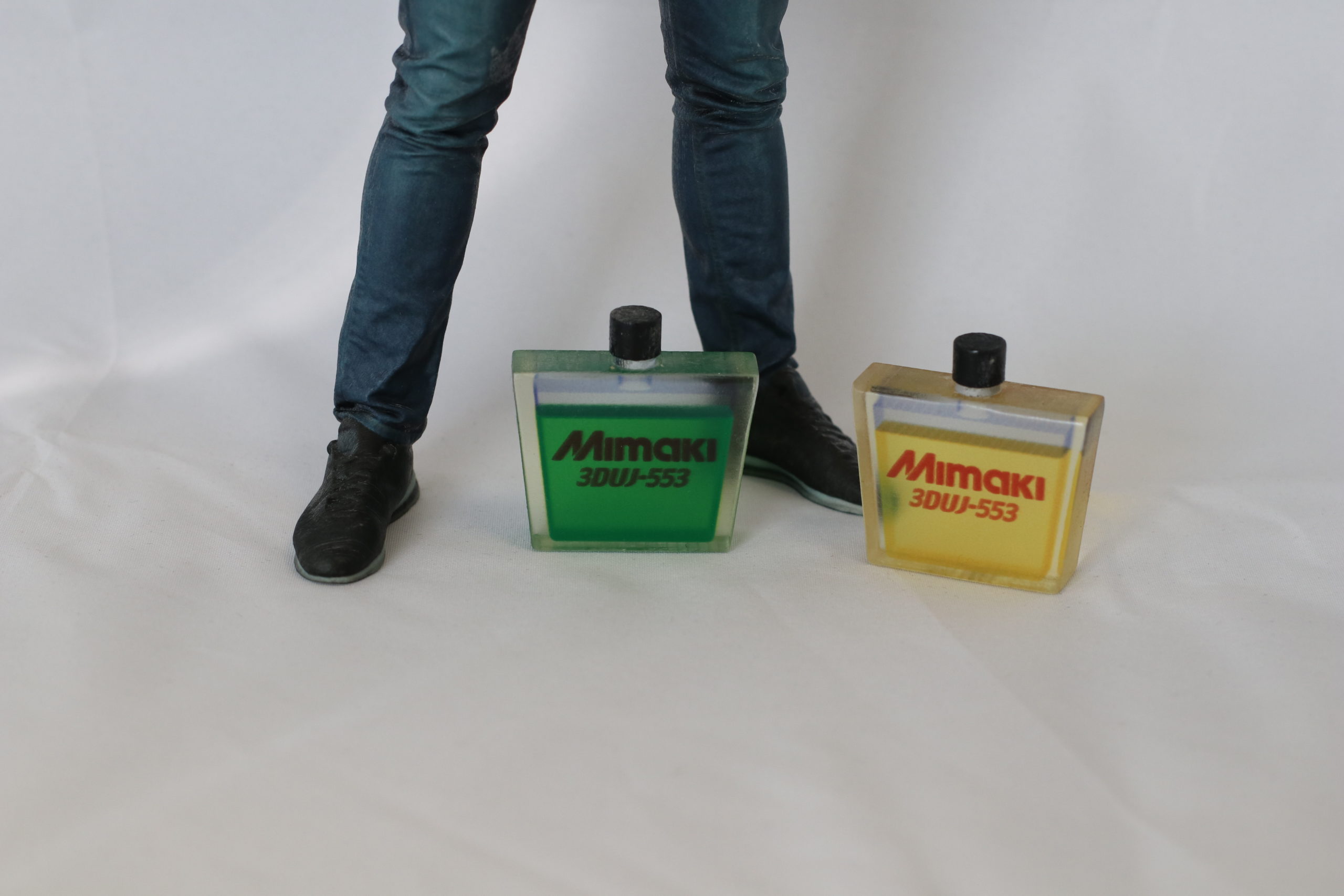
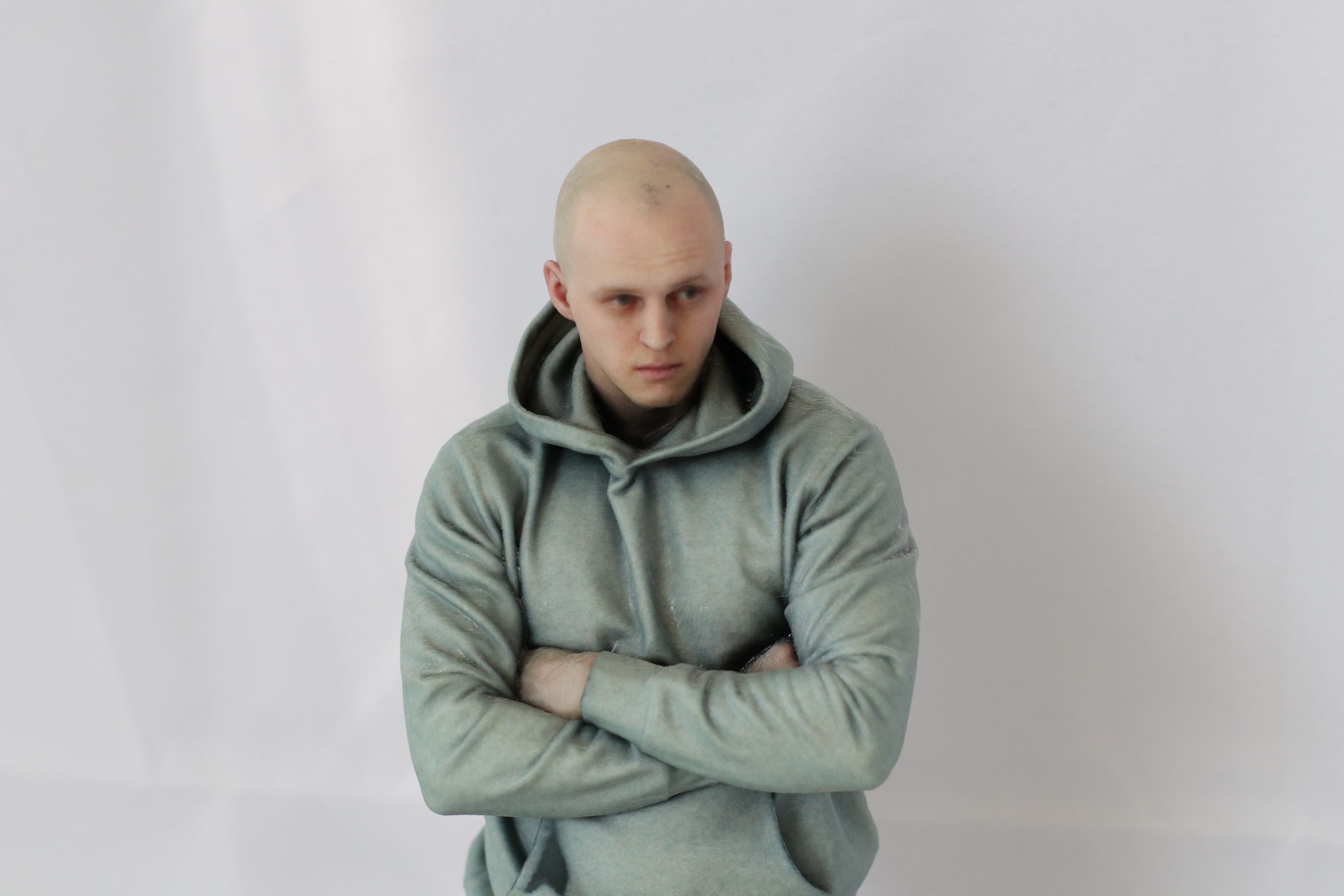
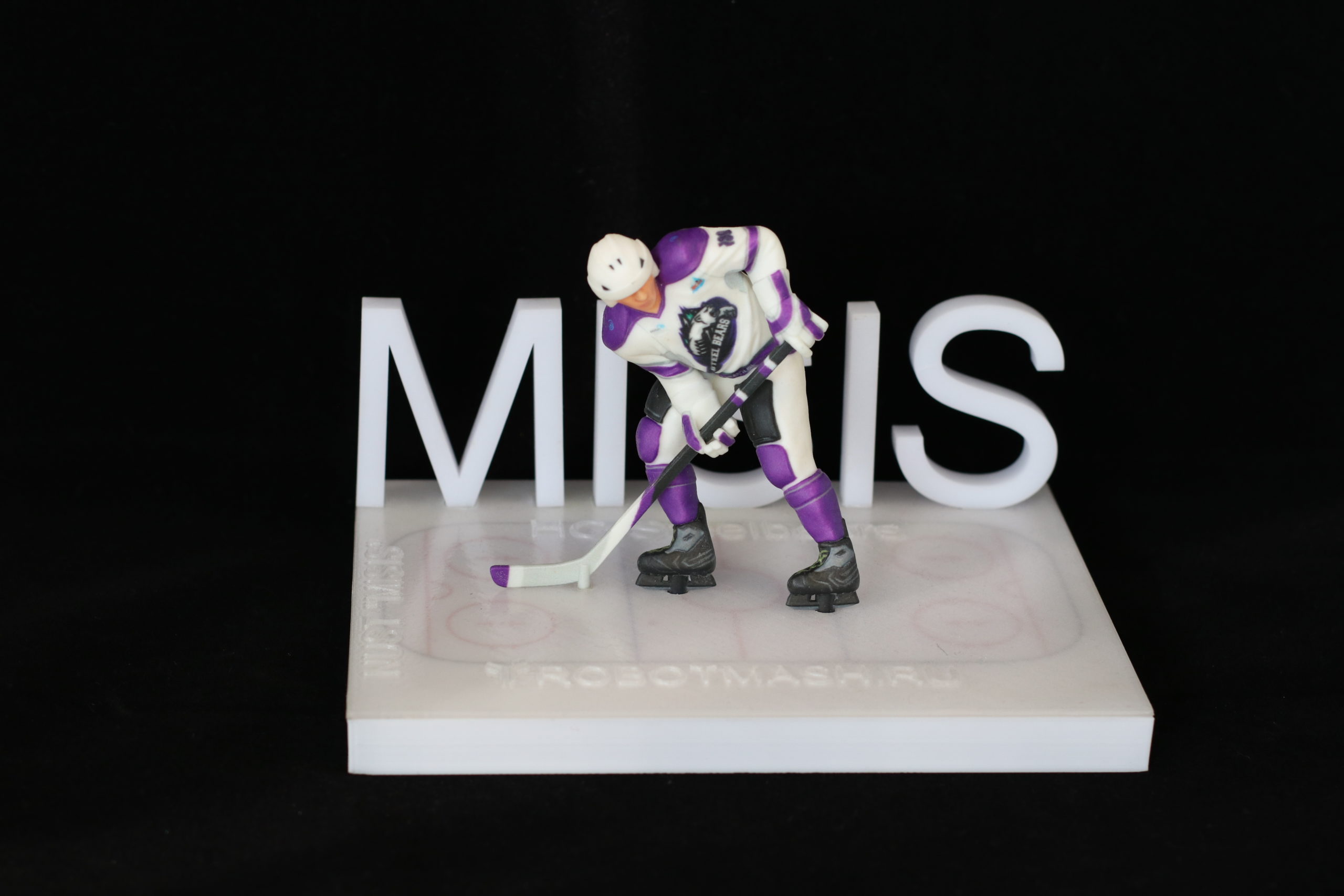

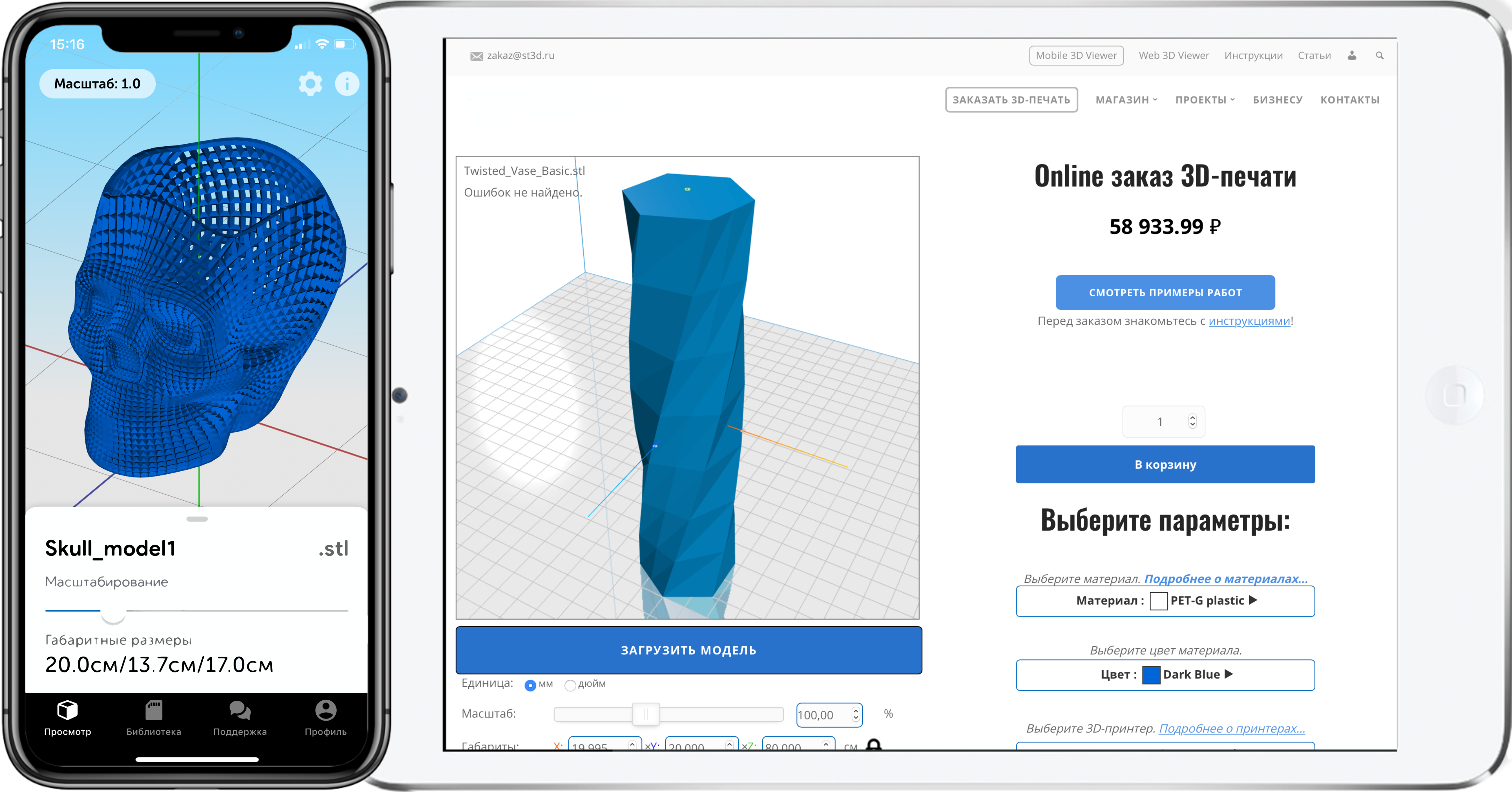



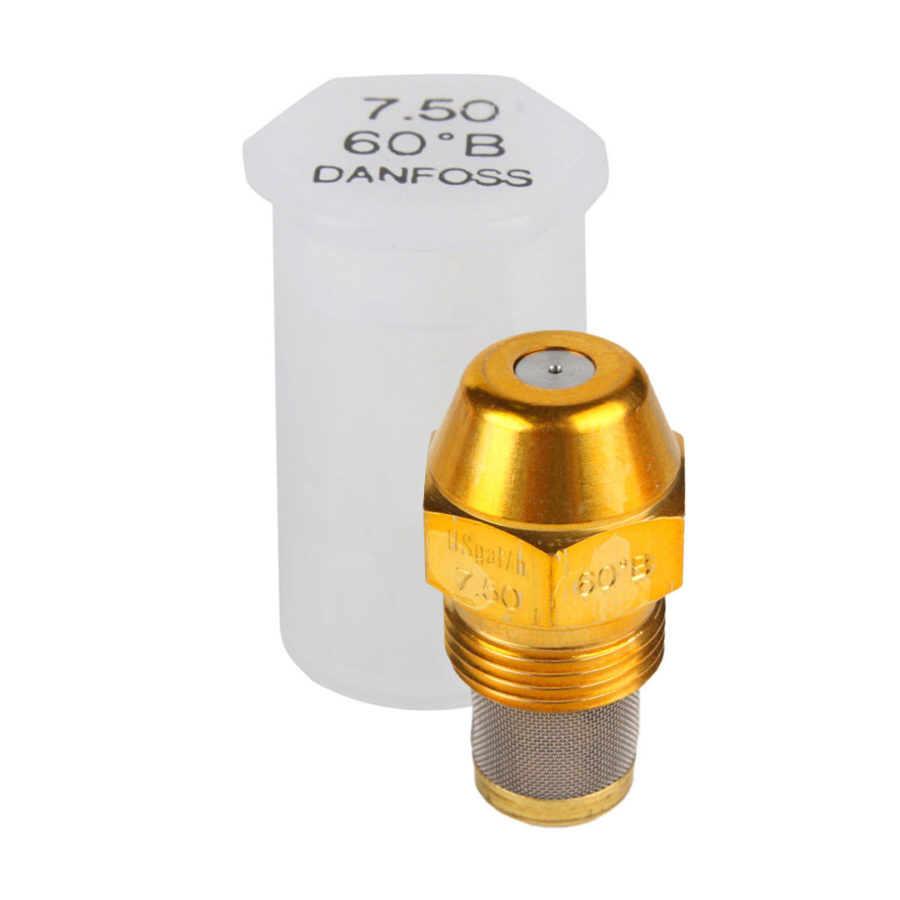
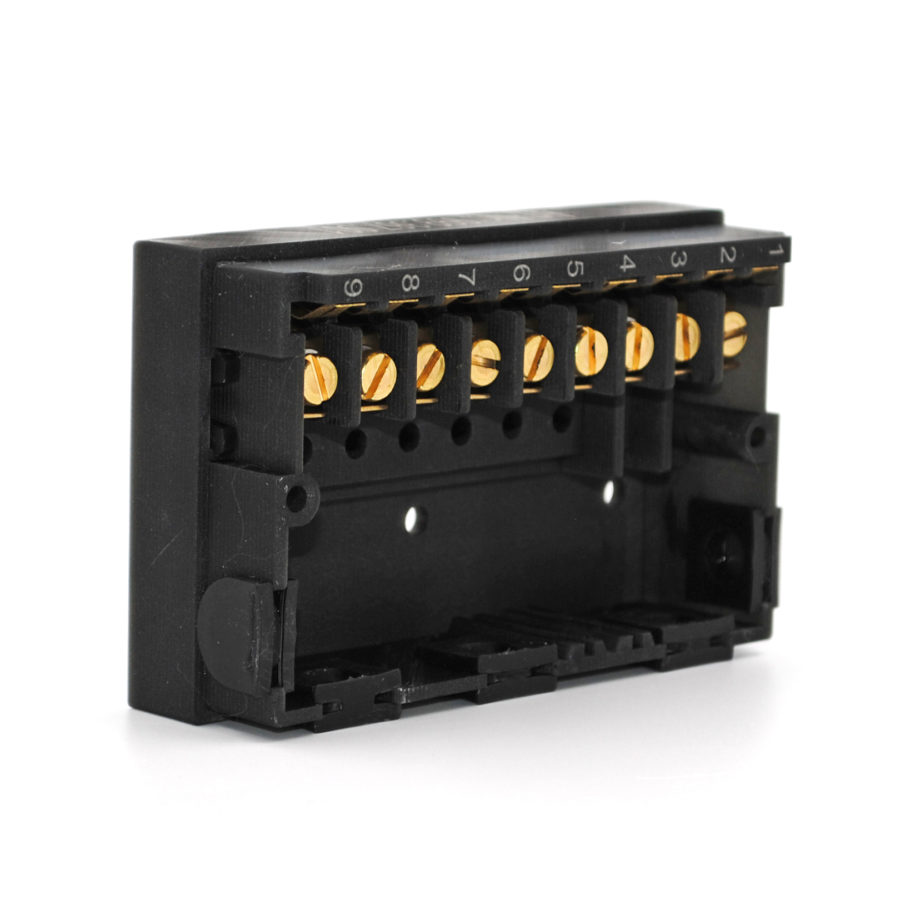
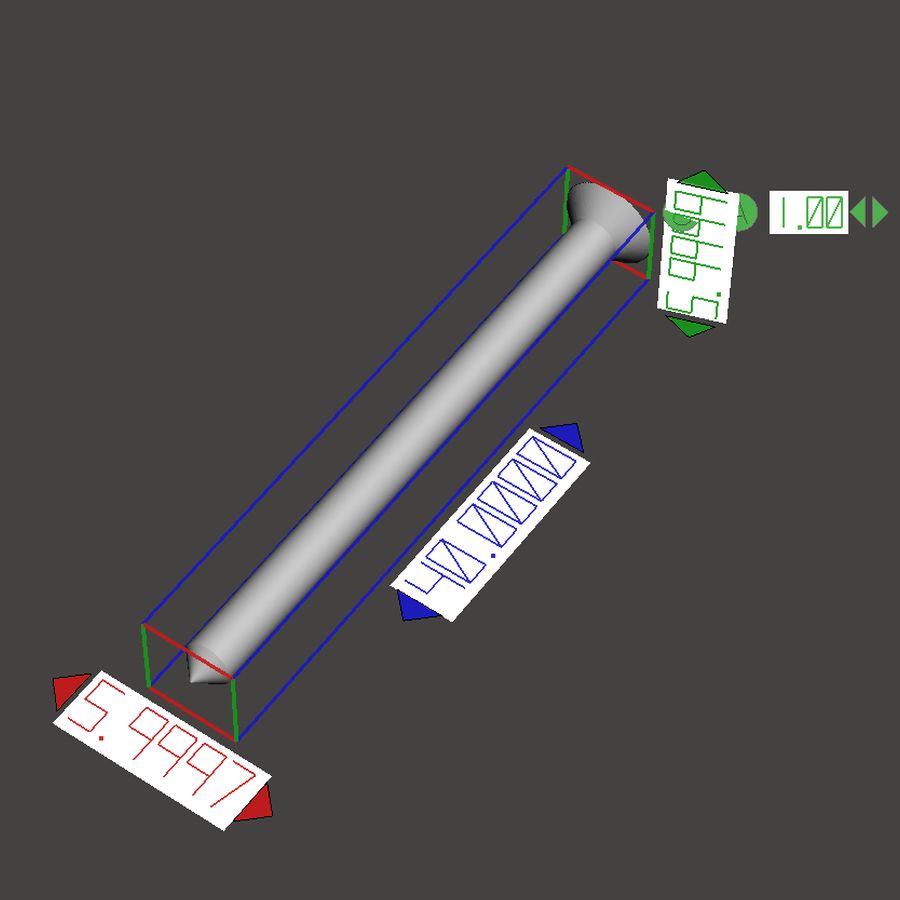
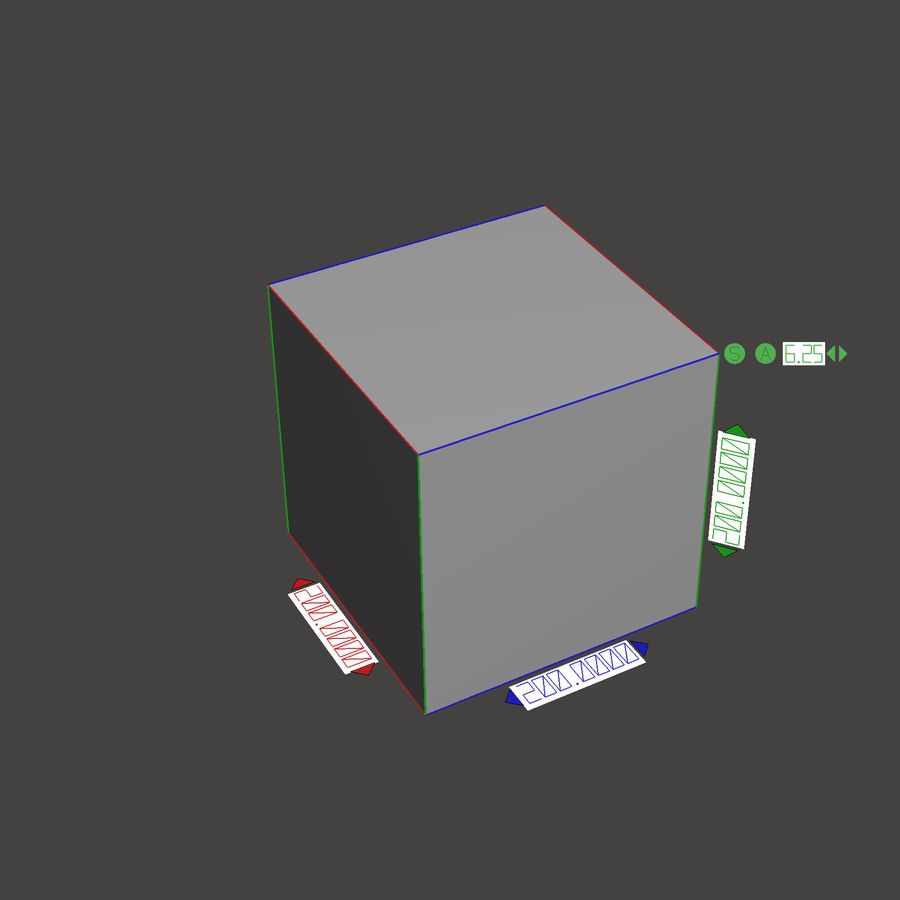
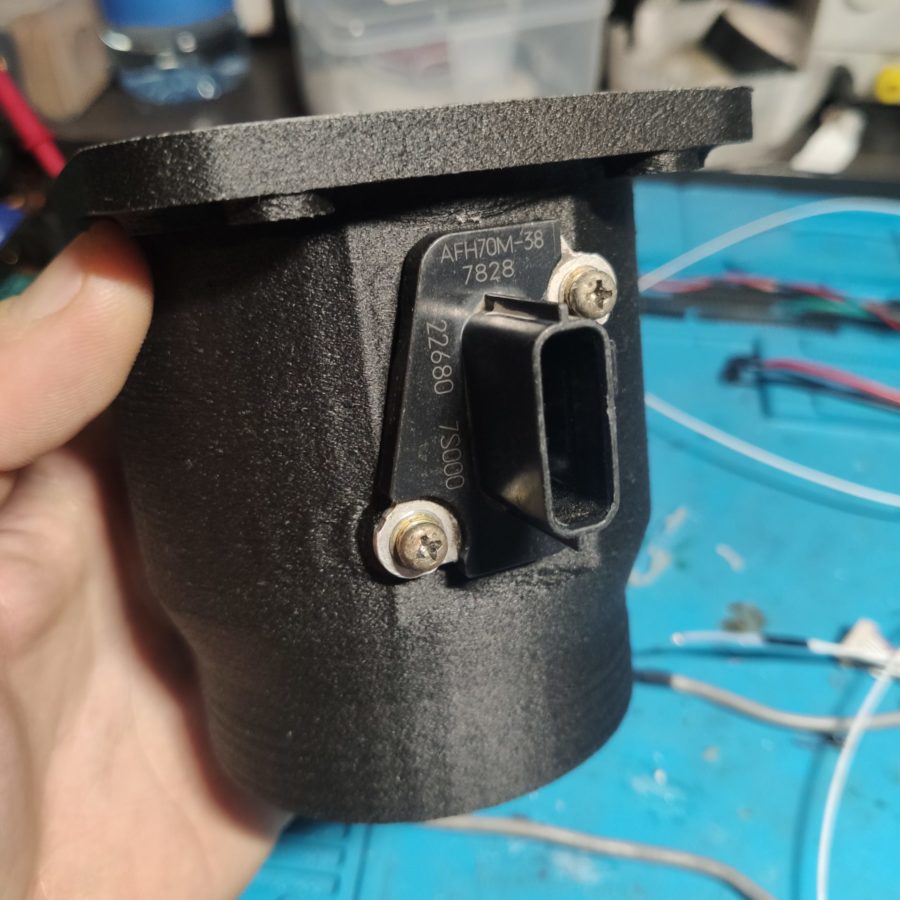
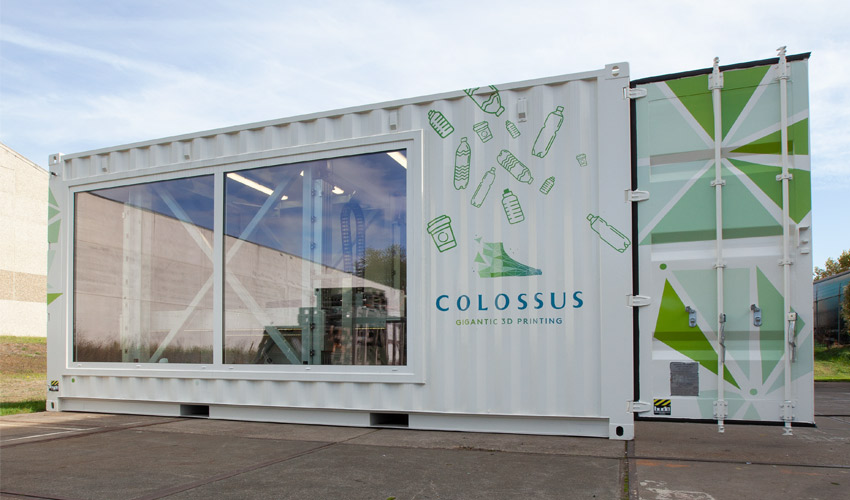
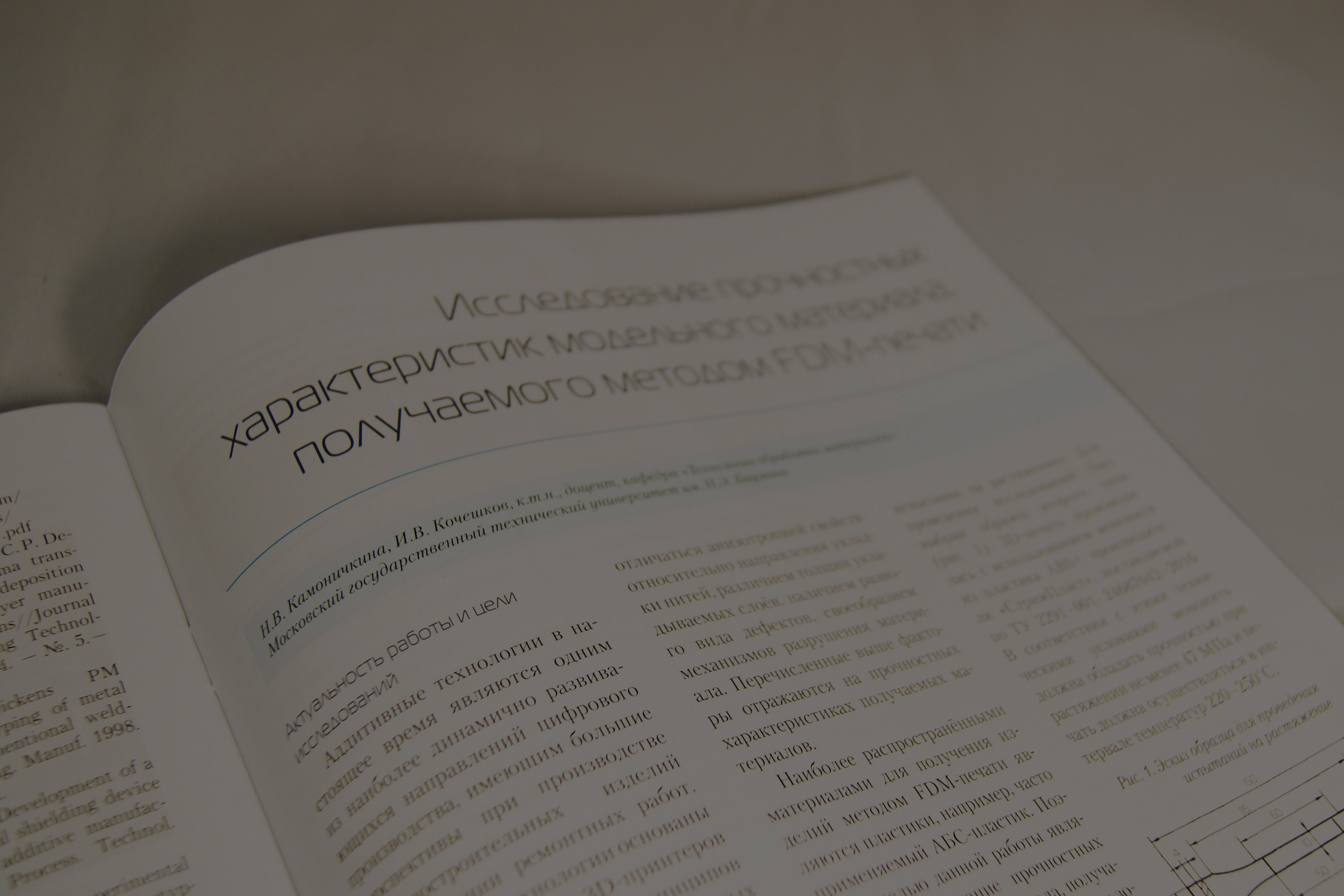

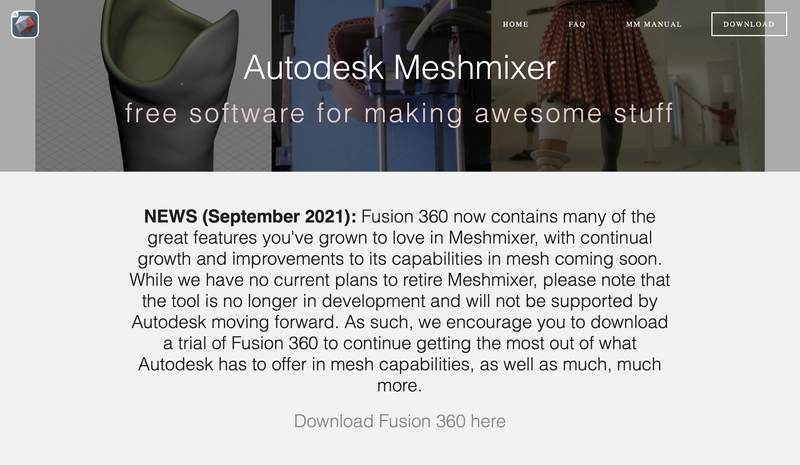

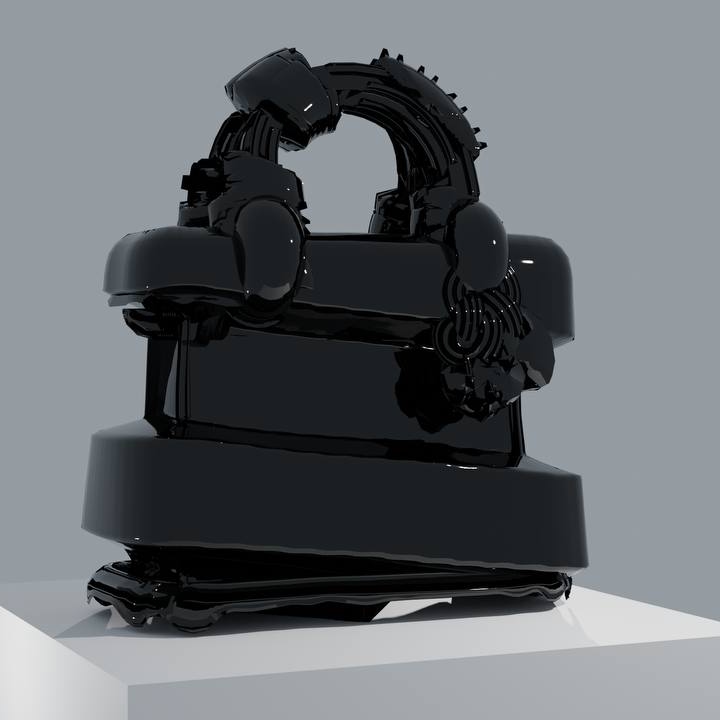
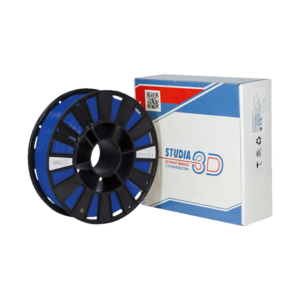
Author: Studia3D aggregator
More articles from Studia3D aggregator